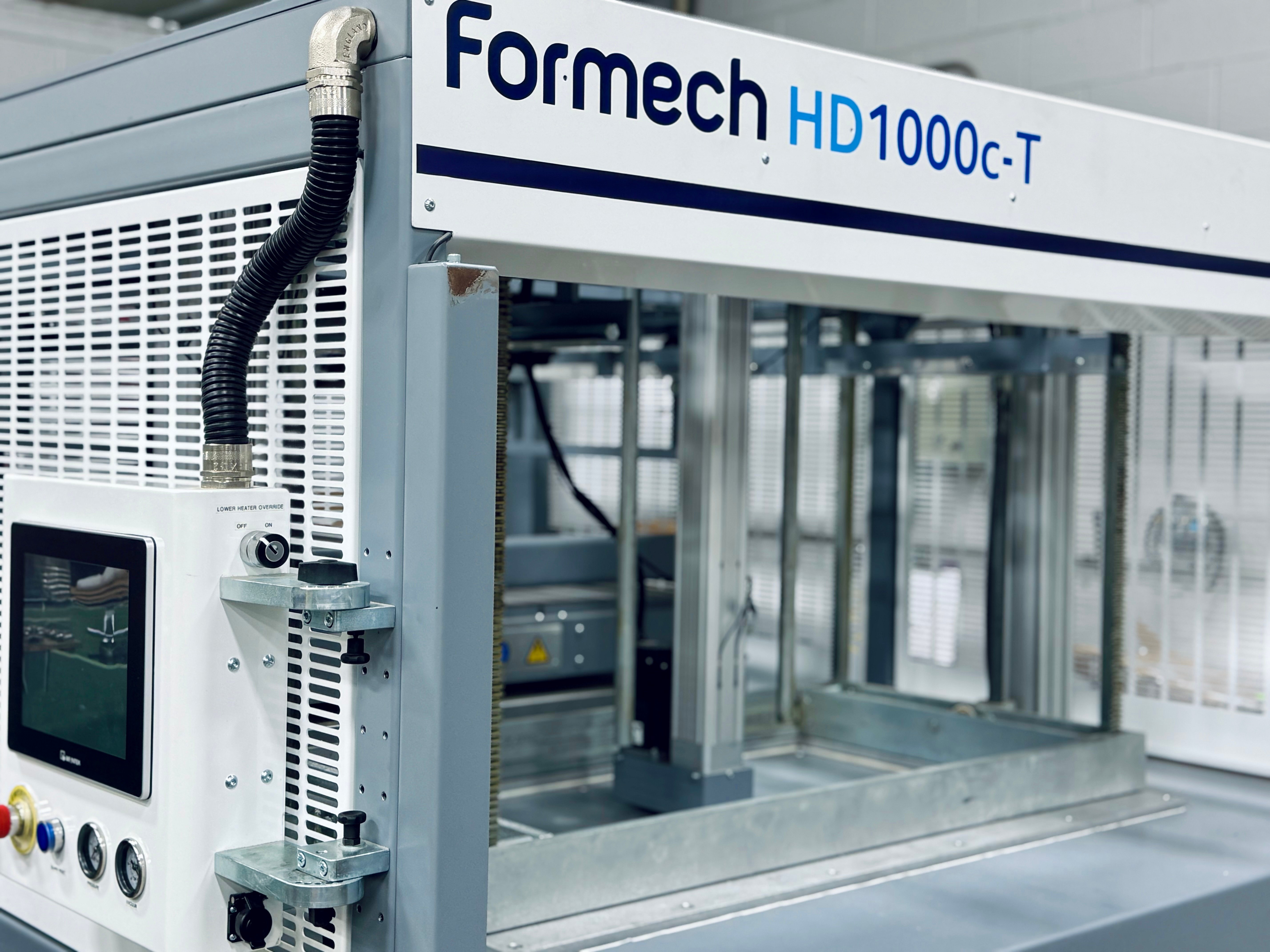FOR IMMEDIATE RELEASE
Dordan Debuts New Tooling and Thermoforming Investments for Medical Packaging at MD&M West
Anaheim, CA. -- February 3-5, 2026 -- Custom thermoforming company Dordan Manufacturing will exhibit at MD&M West at the Anaheim Convention Center. MD&M West is the largest domestic trade show and expo for the medical device industry, bringing together stakeholders from across the supply chain to share innovations in medtech.
Dordan will showcase its thermoformed medical packaging solutions—including device trays and blisters, procedural and surgical kits, and sub-component assembly trays—at booth #1082. The company is a full-service medical packaging thermoformer offering in-house design, tooling, thermoforming, and ISO Class 8 cleanroom manufacturing. Dordan is ISO 13485:2016 certified for medical packaging design, manufacturing, and distribution.
This year, Dordan purchased a new Formetec prototyping press and a Kiefel thermoforming machine for its cleanroom. These investments support the growing demand for high-quality, precision-formed medical packaging.
“Our investment in new equipment directly supports operational efficiency, scalability, and quality,” said Daniel Slavin, President & CEO of Dordan Manufacturing. “We’re excited to highlight both our packaging solutions and the manufacturing technologies that help us deliver consistent, high-performance results for our medical customers at MD&M West.”
Dordan’s packaging showcase—paired with information about the company’s recent technology investments—will provide attendees with insight into design-for-manufacturing principles, the relationship between tooling and part quality, and how medical packaging performance is directly influenced by the equipment it is formed on. Visitors are encouraged to stop by Dordan’s booth to learn how the company selects machinery and tooling to meet the unique needs of medical device manufacturers seeking high-quality, reliable packaging.
Register with Dordan's complimentary code INVITE23102 for 20% off registration and visit Dordan at booth #1082.
About Dordan Manufacturing
Dordan Manufacturing is a fourth-generation, family-owned custom thermoforming company specializing in high-quality medical, pharmaceutical, industrial, and consumer packaging solutions. Located in Woodstock, Illinois, Dordan offers in-house design, rapid prototyping, tooling, ISO Class 8 cleanroom thermoforming, and certified quality management systems (ISO 13485:2016 and ISO 9001:2015). With more than 63 years of experience, Dordan partners with OEMs to deliver precision-engineered packaging that drives product protection, performance, and manufacturability.
About MD&M West
MD&M West is the largest medical design and manufacturing event in North America, bringing together engineers, buyers, executives, and innovators from across the medtech supply chain. The annual event features educational sessions, product launches, networking, and technology demonstrations spanning medical devices, packaging, automation, materials, and manufacturing solutions. MD&M West is produced by Informa Markets and held at the Anaheim Convention Center.


.jpeg)
